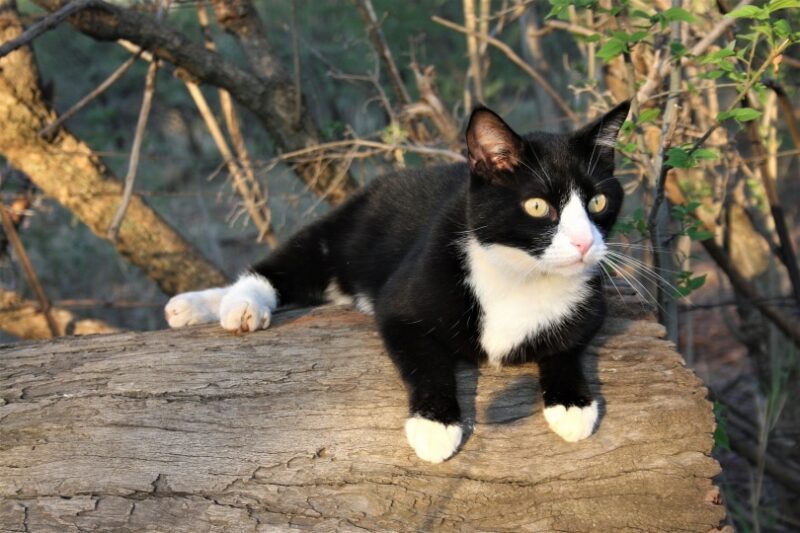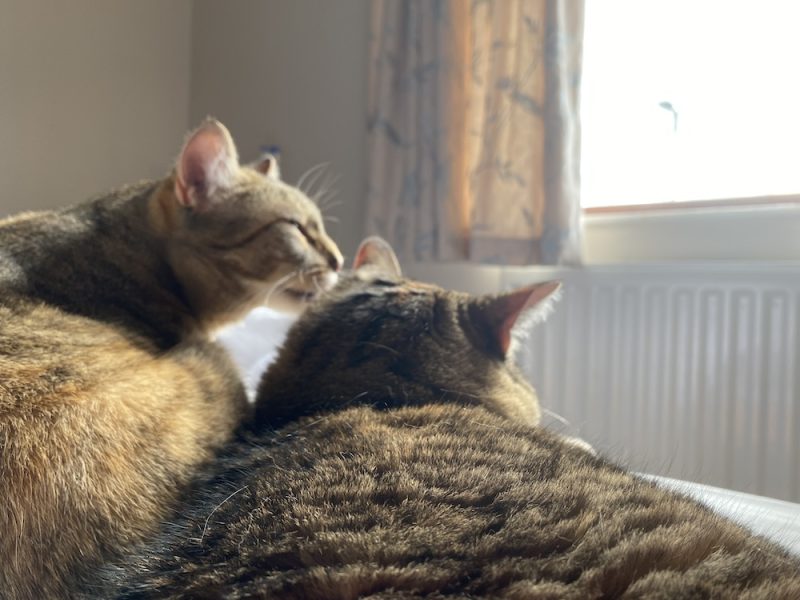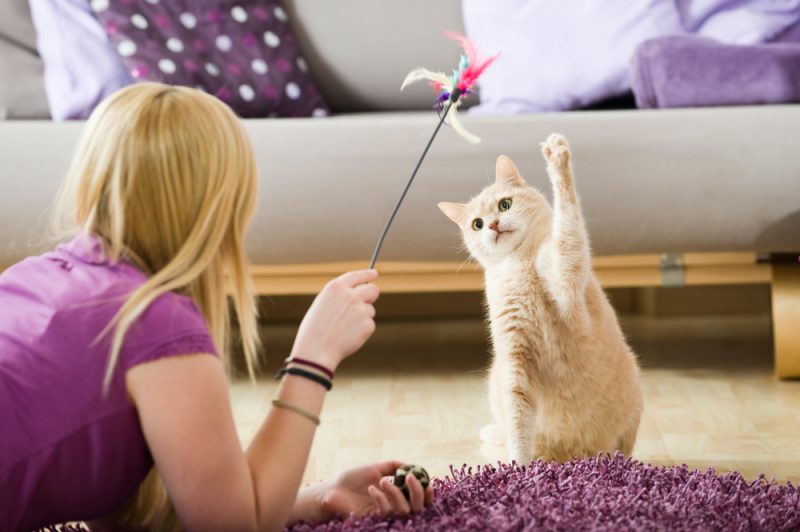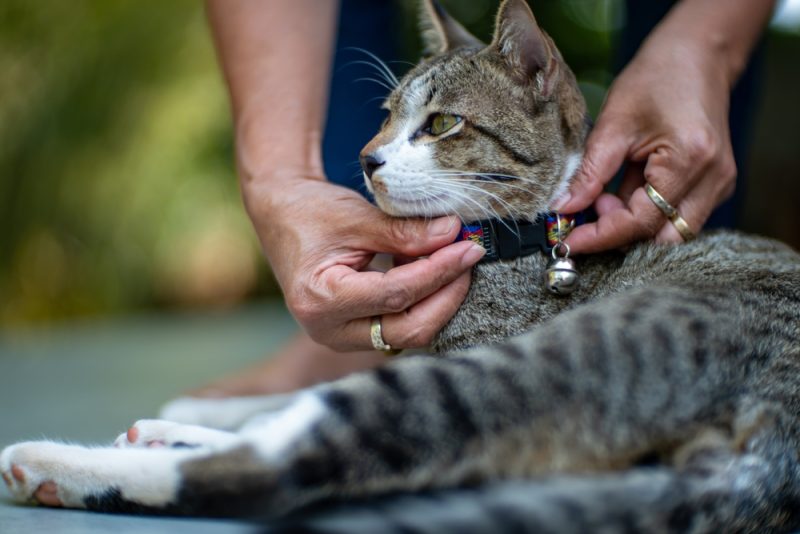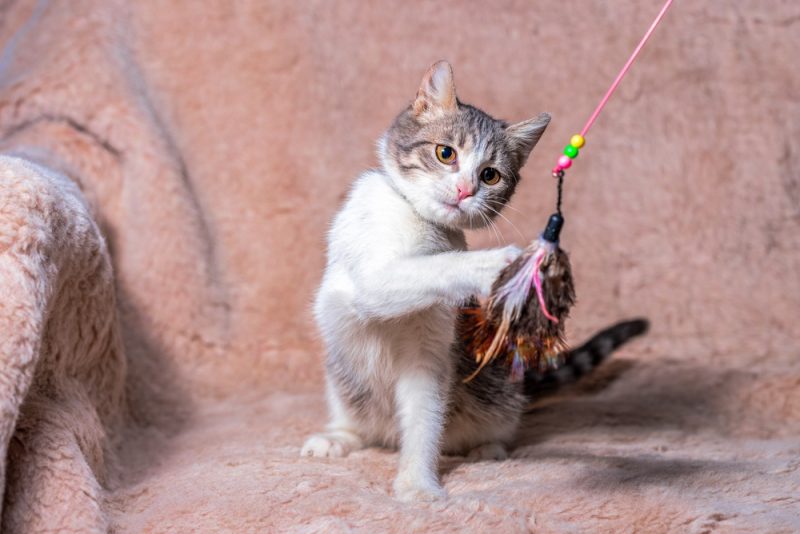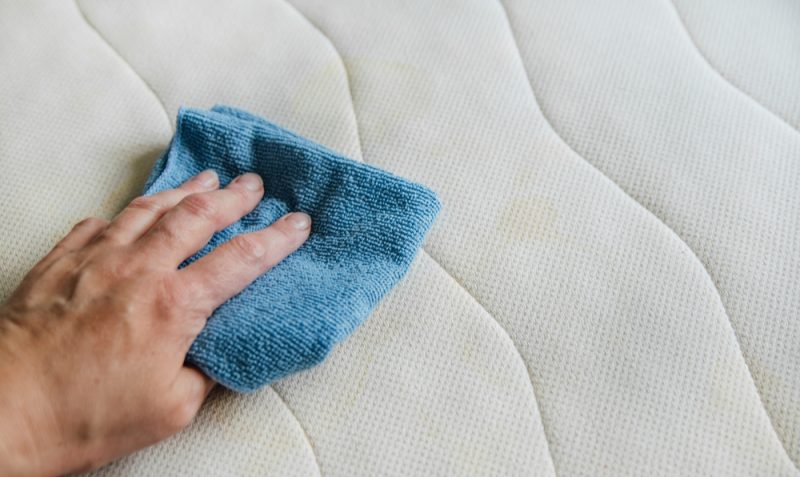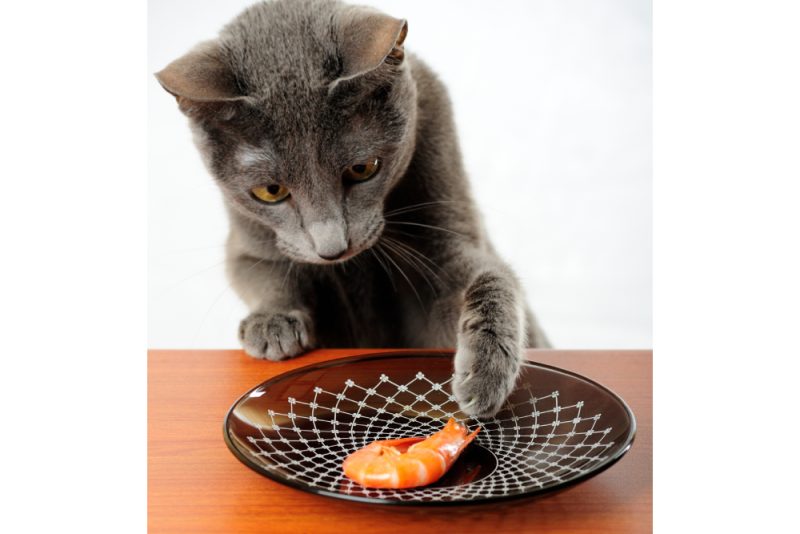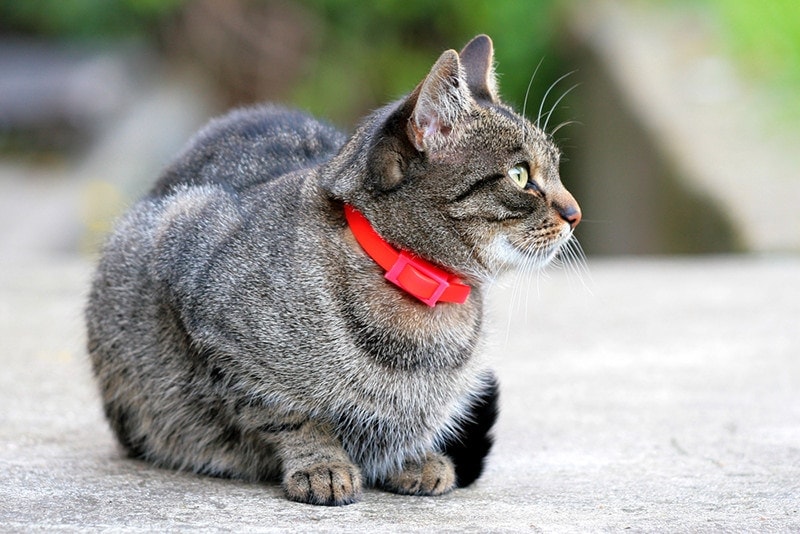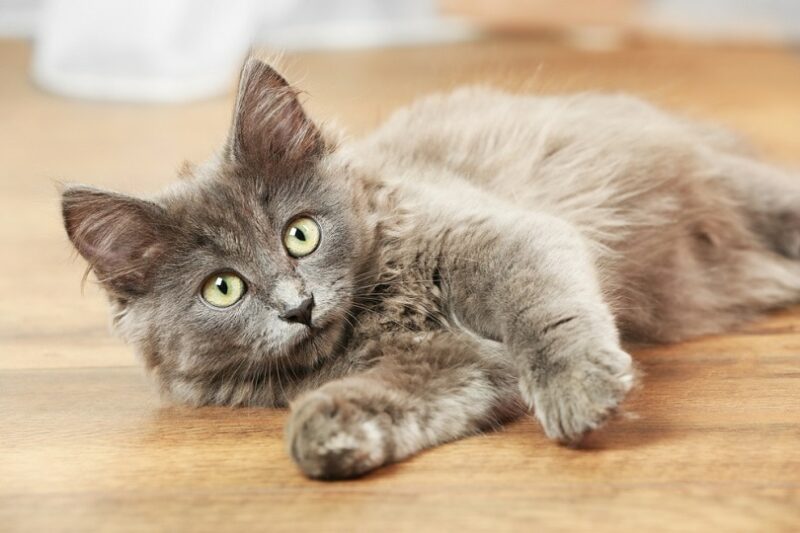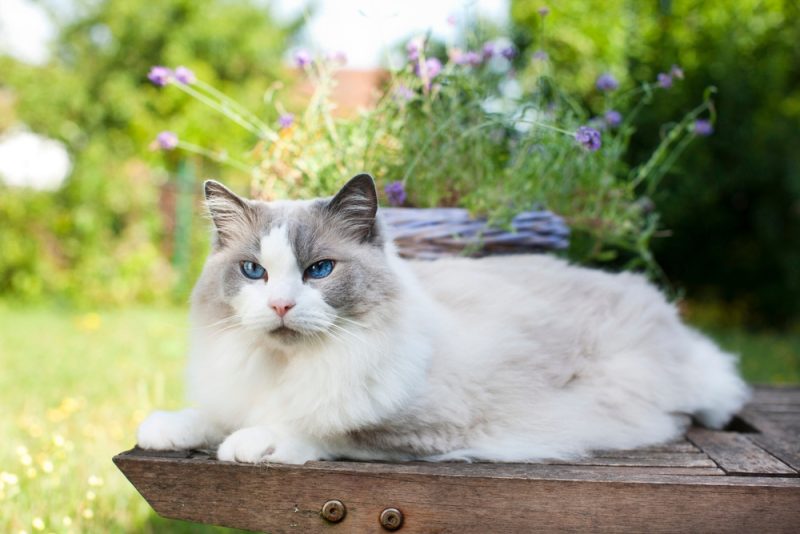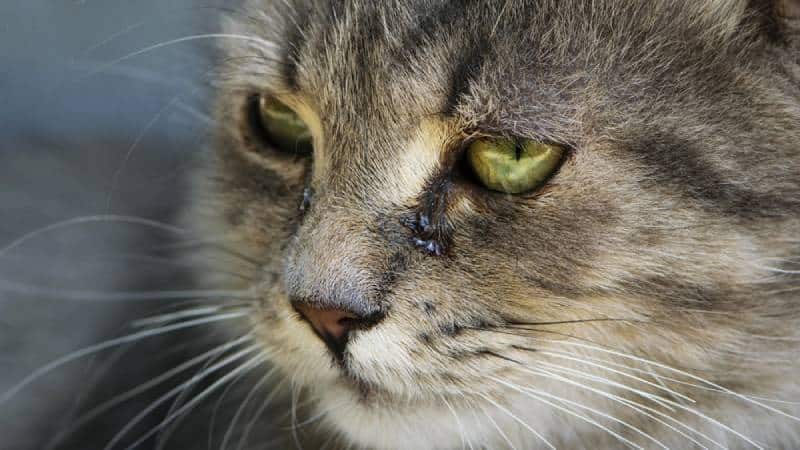With their gorgeous black and white coats, tuxedo cats appear ready for a night on the town. Anyone can recognize a tuxedo cat when they see one, but few realize they’re not a breed. Still, tuxedo cats have a place of honor among cat lovers. Their refined, aristocratic appearances, intelligence, and loving natures make them popular cats throughout history. Below, we discuss the fascinating history of tuxedo cats.

What Are Tuxedo Cats?
Tuxedo cats are recognizable by their distinct coloring. With their black fur and white chests mimicking the appearance of a tuxedo, the cats always look like they’re dressed to impress.
Tuxedo cats are not a breed, but their name refers to the specific patterning of their fur. While the traditional black and white colors of formal wear are more recognized as the coloring for tuxedo cats, not all black and white cats are tuxedo cats.
The same can be said for tuxedo cats. Breeders don’t limit the patterning to black and white fur but allow a range of gray and white or ginger tuxedo cats to join the ranks. There are even a few white tuxedo cats that have black undercarriages.
Since what makes a tuxedo cat is a specific pattern of color, the cats can be various breeds. A few cats that display this patterning include:
- Maine Coon
- American Shorthair
- Scottish Folds
- Norwegian Forest cats
Unlike calicos and tortoiseshells, which are primarily female, tuxedo cats are equally likely to be male or female.
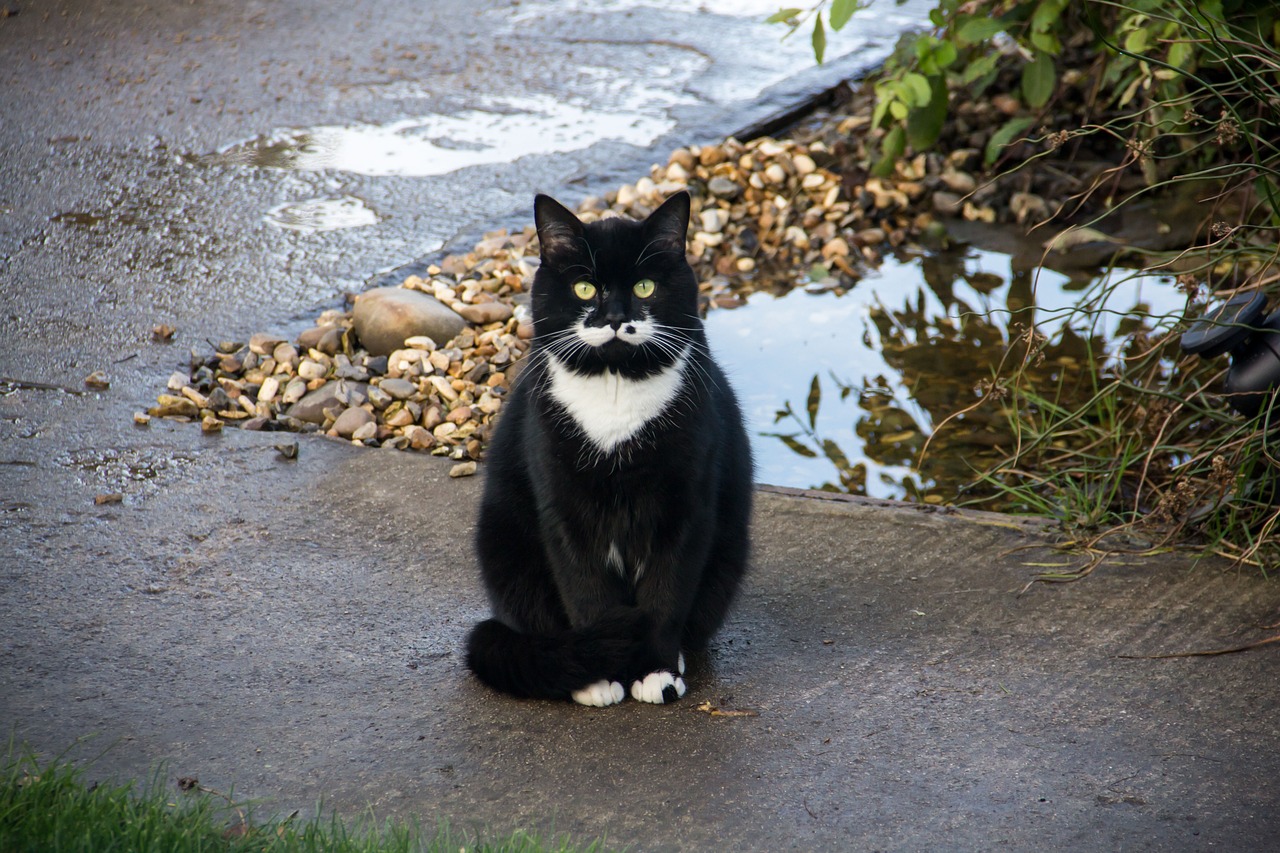
Where Did Tuxedo Cats Originate?
Since they’re not a breed, it isn’t easy to know precisely where tuxedo cats originated. The earliest depictions of tuxedo cats date back to Ancient Egypt. The Ancient Egyptians loved cats. Considered “mutually beneficial companions,” they were allowed to take shelter from the heat inside households in exchange for handling pests like rats, snakes, and even scorpions.
The relationship didn’t end there. Many cats were entombed alongside their human companions so they could continue their relationship even after death. They were also depicted in paintings and believed to be vessels for gods and goddesses like Bastet. Many paintings depicted in Egyptian tombs, particularly those for royalty, and hieroglyphics show tuxedo cats.
While all cats were held in high regard among the Egyptians, tuxedo cats had a particular place of honor. They were believed to bring fortune and good luck. Due to that, most felines in tomb paintings are tuxedo cats.
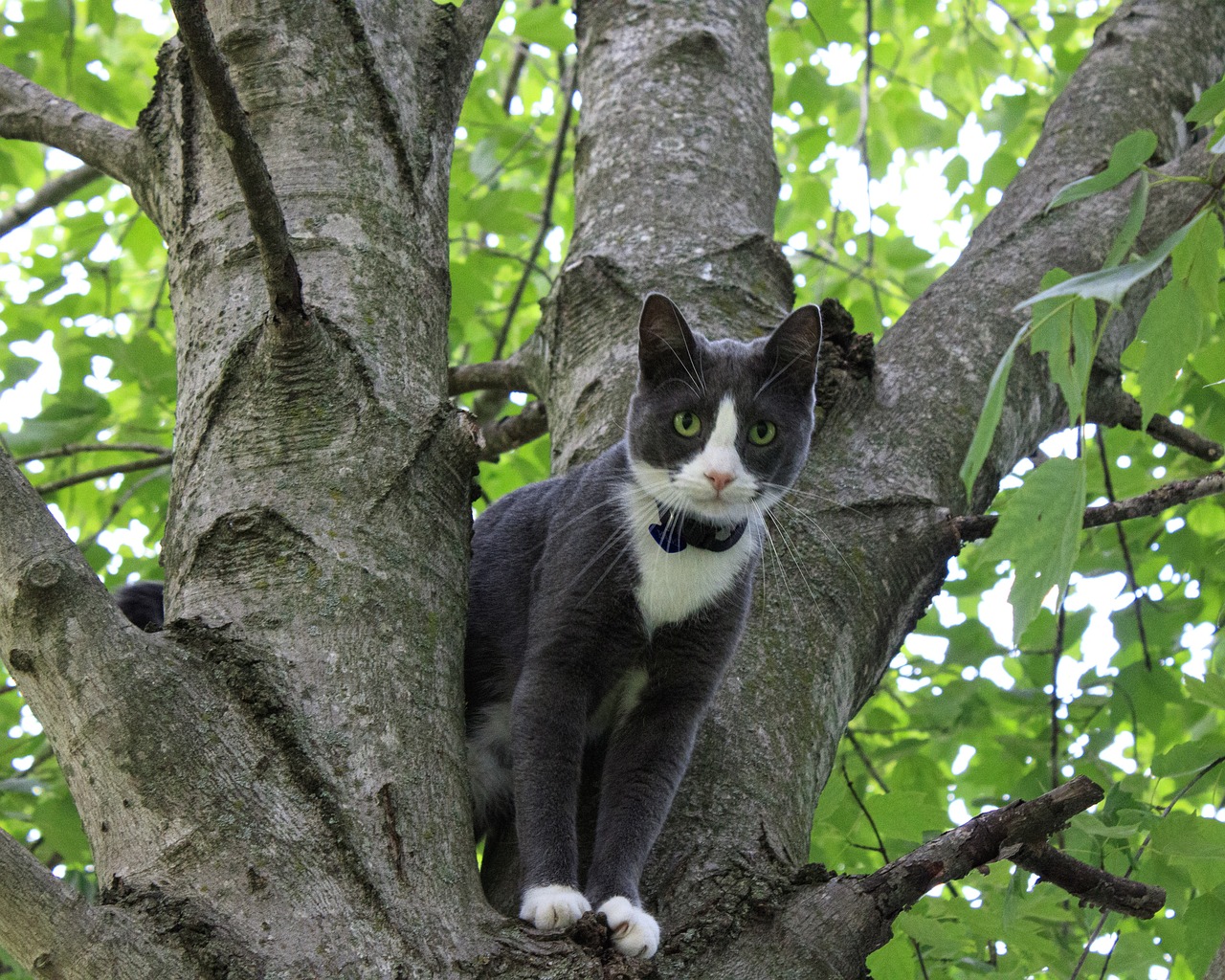
Famous Tuxedo Cats
The Ancient Egyptians weren’t the only ones who found tuxedo cats fascinating. Beethoven, Shakespeare, and Sir Isaac Newton all owned tuxedo cats, too. Although the cats didn’t become famous, their relationships with these familiar names show how popular tuxedo cats have been as companions.
Even without being a separate breed, they’ve played their part throughout history. Over the years, tuxedo cats have done everything from accompanying famous artists to appearing in TV shows.
There are too many tuxedo cats that have achieved great things over the years to mention all of them. Here are a few examples to show how awesome these cats are.
- Felix: During the silent film era in the 1920s, Felix the Cat was a familiar sight in merchandise, cartoons, and animations. He was so popular that tuxedo cats are also called “Felix cats.”
- Mistofelees: In the musical, “Cats,” by Andrew Lloyd Webber, Mr. Mistofelees is known for his charm, sass, and magic powers. He was based on a character in a book of poems by T.S. Elliot. Elliot wrote about “Jellicles,” which were ordinary house cats that were also magical.
- Roderick: We’ve all heard of the climbing exhibitions that conquer Mount Everest, but few people know that a cat has climbed the mountain, too. Roderick, a tuxedo cat, is the only feline to take on the challenge so far.
- Simon: Ships are not strangers to rat infestations, and one Royal Navy warship during World War II had its fair share of rats trying to devour the food supplies. A tuxedo cat called Simon earned a People’s Dispensary for Sick Animals Dickin Medal and a Blue Cross Medal for Animal Military Gallantry after protecting the food from vermin.
- Socks: Socks was the First Cat of the White House during Bill Clinton’s presidency. As a former stray, he embodied the phrase “from rags to riches.”
- Sparky: Another tuxedo cat that rose to fame was a feline called Sparky. He inherited a small fortune in 1998.
- Sylvester: A famous tuxedo cat that’s never been forgotten is Sylvester from Looney Tunes. He might be the bad guy relentlessly stalking Tweety Bird, but you must admire his persistence.
- The Cat in the Hat: Written by Dr. Seuss and published in 1957, “The Cat in the Hat” is one of the most famous depictions of tuxedo cats today. Not only does the tall hat make him a recognizable character, but his tuxedo pattern makes him appear aristocratic despite the mischief that he gets up to.
- Trixie: When her owner was imprisoned in the Tower of London in 1801, Trixie demonstrated how loyal cats can be. She broke into the prison to keep her owner company.
- Tuxedo Stan: Although there’s been a First Cat in the White House, there have been fewer cats running for office. In Halifax, Canada, Tuxedo Stan put his suit to the test and ran for mayor. His goal was to help his fellow felines by raising awareness of how important spaying and neutering programs are.

Final Thoughts
Not being a breed doesn’t make tuxedo cats any less interesting. Since ancient Egyptian times, they helped reduce the rodent population in their environments and became beloved pets. Their stylish looks, intelligence, and regality lead many to believe they bring good luck. Considering how many tuxedo cats have made their names known throughout history, their “good luck charm” nature only seems fitting.
Related Reads:
- 100+ Movie-Inspired Cat Names & Disney, Famous, & Colored Cat Names
- History of Cats in the White House: A Look Over the Last Centuries
Featured Image Credit: Bettina Calder, Shutterstock
